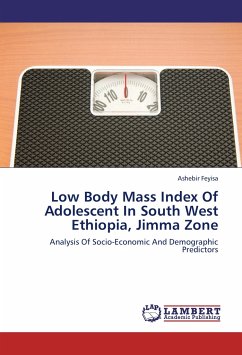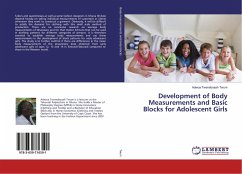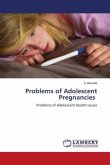The World Health Organization (WHO) recently defined adolescents as persons aged 10-19 years old (WHO, 2000). The age of adolescence encapsulates a window of time when bodies are metamorphosing and evolving into that of an adult. It is a time when the adolescent tries to establish his own identity yet desperately seeks to be socially accepted by his peers (Lulinski, 2001). In most developing countries, nutrition initiatives have been focusing on children and women, thus neglecting adolescents. Body mass index (BMI kg/m2) is a commonly used anthropometric measurement to estimate the level of nutritional indices.
Bitte wählen Sie Ihr Anliegen aus.
Rechnungen
Retourenschein anfordern
Bestellstatus
Storno








